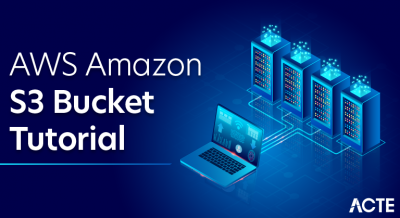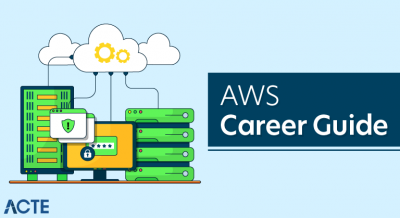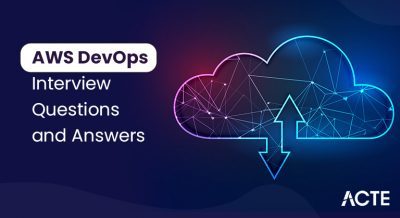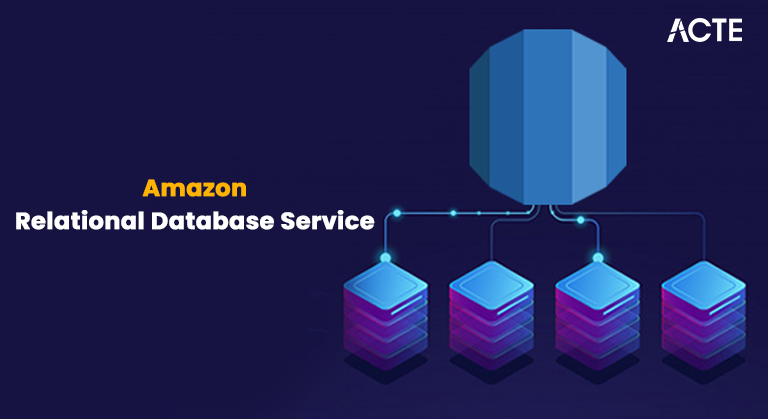
- Introduction to AWS RDS
- Key Features of AWS RDS
- Supported Database Engines
- How AWS RDS Works
- Setting Up an AWS RDS MySQL Instance
- Security and Compliance in AWS RDS
- Performance Optimization Strategies
- Backup and Disaster Recovery
- Pricing and Cost Considerations
- Conclusion
Introduction to AWS RDS
Amazon Relational Database Service (AWS RDS) is a fully managed cloud database service that simplifies database administration tasks such as provisioning, scaling, backup, and security. Amazon Relational supports multiple database engines, including MySQL, PostgreSQL, SQL Server, MariaDB, and Oracle. IAM authentication enables businesses to deploy scalable and secure relational databases in the AWS Training without the complexity of manual database management. Amazon web service RDS reduces operational overhead by automating routine tasks, allowing organizations to focus on application development and innovation rather than database maintenance.
Key Features of AWS RDS
- Fully Managed Service: Automates administrative tasks like patching, backup, and recovery.
- Multi-AZ Deployments: Ensures high availability with automatic failover to a standby replica.
- Read Replicas: Enhances database performance by distributing read workloads.
- Scalability: Supports vertical and horizontal scaling of database resources.
- Automated Backups: Provides daily and point-in-time recovery backups.
- Security Features: Includes rest and transit encryption, IAM authentication, and VPC security.
- Integration with AWS Services: Works with AWS Lambda, CloudWatch, and other AWS tools.
Supported Database Engines
AWS RDS service supports several popular relational database engines, allowing businesses to choose the one that best fits their application needs. MySQL is an open-source, high-performance database widely used for web applications, while PostgreSQL offers advanced capabilities such as JSON support, indexing, and extensibility. SQL Server is a strong choice for enterprises relying on Automate Security With Devsecops Approach ecosystem tools, and MariaDB provides an alternative to MySQL with additional scalability improvements. Oracle Database is an enterprise-grade solution designed for high-end transactional applications. Amazon RDS simplifies the deployment of these databases by handling updates, monitoring, and performance tuning.
Learn the fundamentals of AWS with this AWS Certification Training .
How AWS RDS Works
- Provisioning: Users create an RDS service instance with a selected database engine.
- Configuration: Setup instance type, storage, security groups, and networking settings.
- Automated Maintenance: Amazon web service manages patching, backups, and failover processes.
- Scaling: Adjusts resources dynamically based on demand with minimal downtime.
- High Availability: Multi-AZ deployments ensure failover support for database continuity.
- Monitoring & Logs: Integrates with AWS CloudWatch for real-time database performance insights.
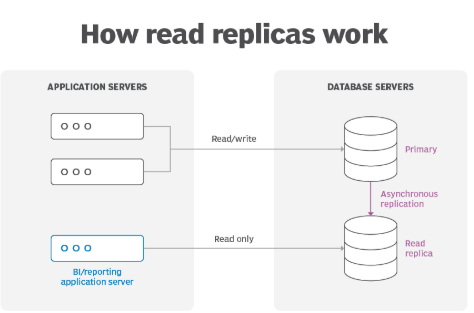
Setting Up an AWS RDS MySQL Instance
Creating an Amazon RDS MySQL instance involves multiple steps, ensuring a properly configured and secure environment for running relational database workloads. First, log into the AWS Management Console and navigate to the RDS service. Select “Create Database” and choose SQL Server as the engine type. Configure deployment settings, including single-AZ or multi-AZ, compute resources, and storage options. Set IAM authentication credentials by defining the admin username and password, Cloud Deployment Models configure networking by assigning the instance to a Virtual Private Cloud (VPC) and security groups. Enable automated backups and performance insights to monitor database health and efficiency. Finally, review the configuration and launch the instance.
Learn how to manage and deploy cloud services by joining this AWS Certification Training today.
Security and Compliance in AWS RDS
- Encryption: It uses AWS KMS to encrypt data at rest and SSL/TLS to store in-transit data.
- IAM Authentication: Manages access using AWS Identity and Access Management.
- VPC Isolation: Provides private networking options for database instances.
- Automated Patching: Keeps database software up-to-date with the latest security patches.
- Compliance Certifications: Meets industry standards such as AWS Training , HIPAA, and SOC.
- Access Controls: Implements security groups and parameter groups to restrict unauthorized access.
Performance Optimization Strategies
Optimizing AWS RDS service performance requires a combination of best practices and Amazon web service tools. Properly indexing database queries ensures fast data retrieval while read replicas offload read operations to improve responsiveness. Using connection pooling mechanisms like Amazon RDS Proxy reduces overhead by managing database connections efficiently. Amazon Relational Database Service Performance Insights provides in-depth analytics on workload patterns, helping administrators fine-tune database configurations. AWS Amazon Comprehend NLP Solutions storage and compute resources prevent bottlenecks, ensuring seamless application performance under variable workloads. Organizations should regularly monitor slow queries and optimize schema design to maintain a high-performance database environment.
Looking to master Cloud Computing? Sign up for ACTE’s Cloud Computing Master Program Training Course and begin your journey today!
Backup and Disaster Recovery
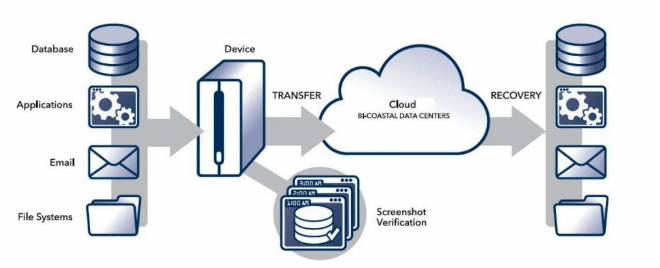
- Automated Backups: Enables point-in-time recovery for up to 35 days.
- Manual Snapshots: Allows users to take full database snapshots for long-term storage.
- Multi-AZ Deployments: Ensures automatic failover to a standby replica in case of failure.
- Cross-Region Replication: Replicates database instances across AWS regions for disaster recovery.
- Point-in-Time Restore: Helps recover databases to a specific point before a failure or data corruption event.
- Retention Policies: Allows businesses to define custom retention rules for backups.
Pricing and Cost Considerations
AWS RDS pricing is based on multiple factors, including instance type, storage, and data transfer costs. Organizations can choose between on-demand pricing, which provides flexibility, or reserved instances, which offer significant discounts for long-term commitments. Understanding the Cloud Native Applications pricing varies depending on the selected database engine and provisioned storage size. Read replicas and Multi-AZ deployments come with additional costs but provide enhanced availability and performance benefits. Businesses must also consider data transfer fees when accessing databases from external Amazon Relational Database Service regions. AWS Cost Explorer helps optimize database spending by analyzing usage patterns and recommending cost-effective strategies.
Are you getting ready for your AWS interview? Check out our blog on AWS Interview Questions and Answers!
Conclusion
Amazon Relational Database Service simplifies database management by providing a fully managed relational database service with automated maintenance, high availability, and robust security features. By leveraging AWS RDS for SQL Server , businesses can deploy scalable and secure databases while focusing on application development. With flexible pricing, built-in AWS Training , and seamless AWS integrations, AWS RDS is an excellent choice for organizations looking to modernize their database infrastructure in the cloud. As cloud adoption grows, AWS RDS remains critical for businesses requiring a reliable and managed database solution.


